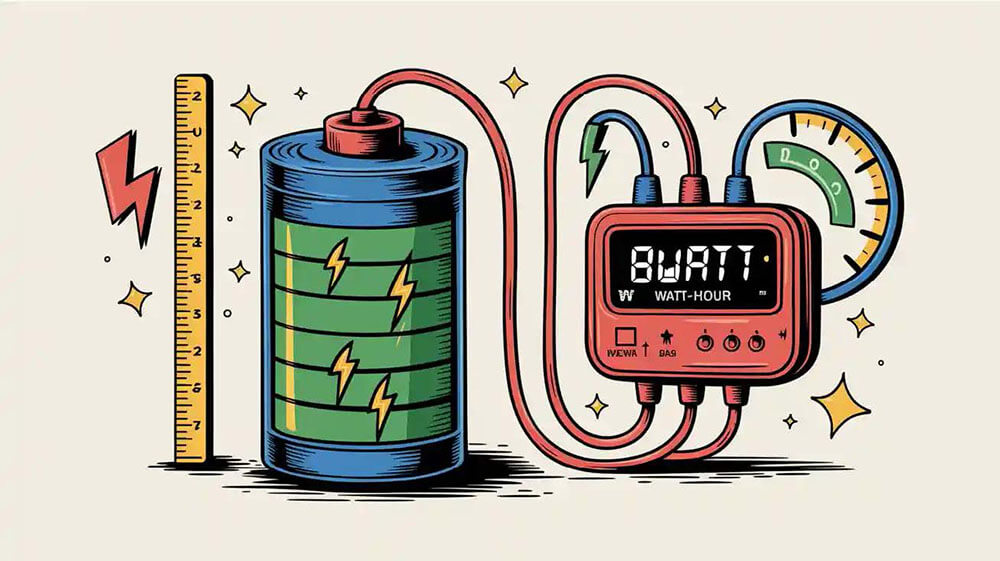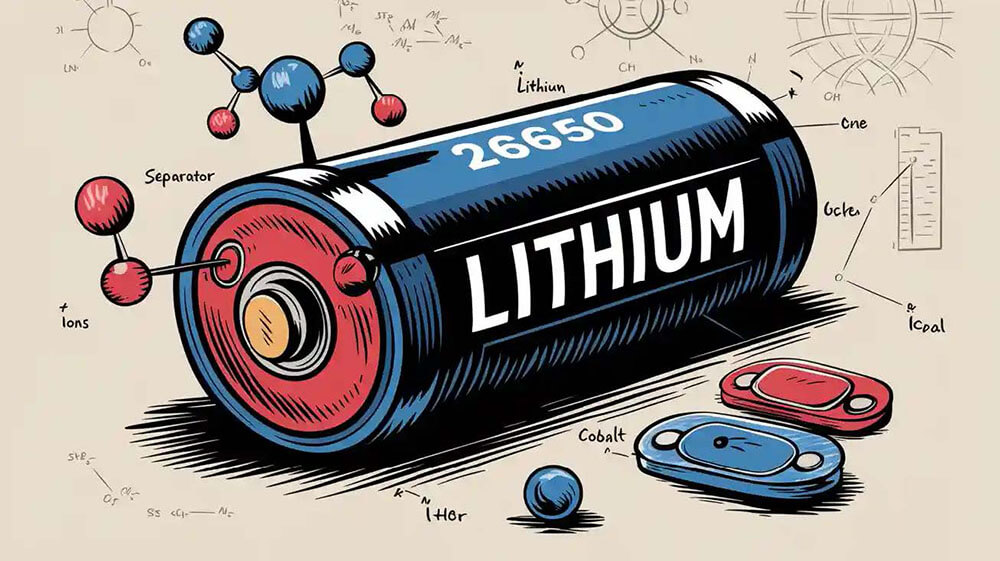Contents
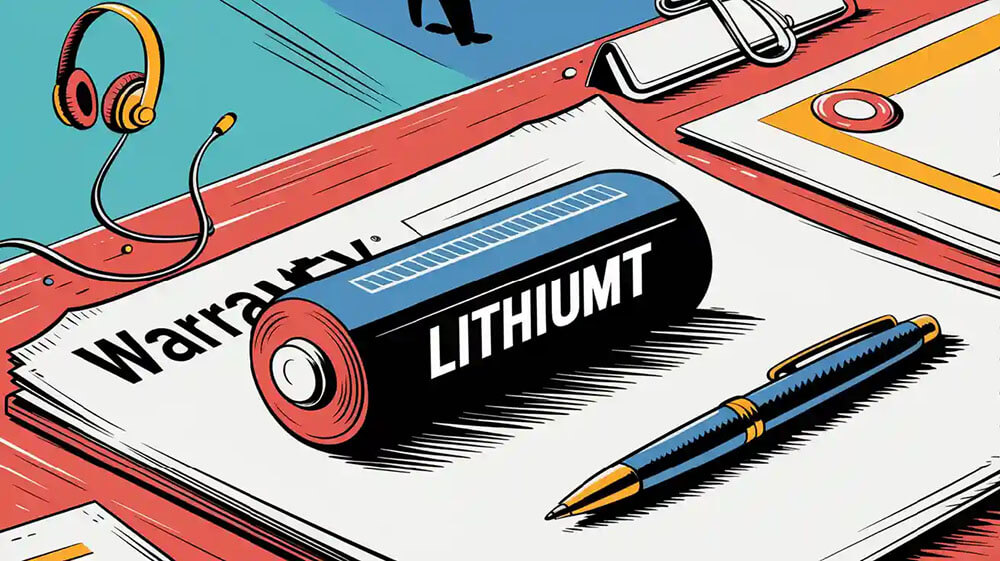
Understanding your lithium battery warranty ensures your investment remains protected against unexpected failures. For instance, companies shipping 100 million lithium-ion units face 2-3 potential failures annually. Compliance with warranty terms and proper documentation minimizes risks. A proactive approach safeguards your operations, especially in critical sectors like medical, robotics, and infrastructure.
💡 Tip: Consult professionals for customized warranty guidance tailored to your application needs. Explore custom solutions here.
Key Takeaways
Learn what the warranty covers to keep your battery safe. Read the warranty paper for info on problems, performance, and what’s not included.
Install the battery correctly. Wrong setup can cancel the warranty. Use approved parts and follow the guide.
Do regular check-ups. Keeping up with maintenance keeps the warranty valid and helps the battery last longer.
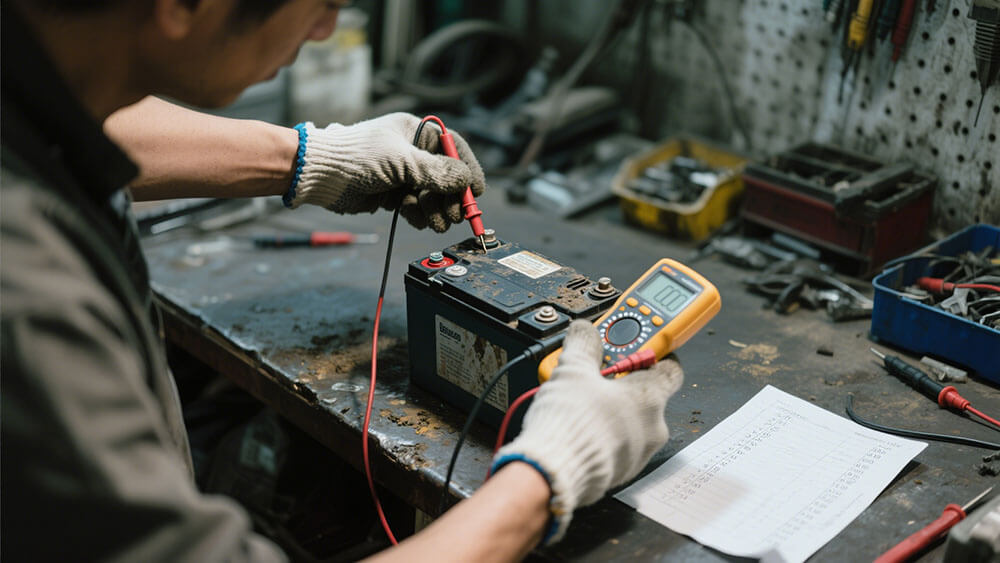
Part 1: Understanding Lithium Battery Warranties
1.1 Coverage of a Lithium Battery Warranty
A lithium battery warranty typically covers defects in materials or workmanship. Manufacturers often guarantee performance metrics, such as capacity retention and cycle life, for a specified period. For example, warranties may promise 80% capacity retention after 1,000 cycles for NMC Lithium batteries, which have a cycle life of 1,000–2,000 cycles. However, coverage varies by manufacturer and application. Batteries used in critical sectors like medical or robotics often come with stricter warranty terms due to their high-stakes usage.
You should review the warranty document to understand what is included and excluded. Common exclusions involve damage caused by improper installation, environmental factors, or the use of non-compliant components. Knowing these details helps you avoid costly mistakes and ensures your battery investment remains protected.
1.2 Importance of Lithium-Ion Battery Warranties for Battery Packs
Lithium-ion battery warranties are essential for safeguarding your battery packs against unexpected failures. These warranties provide assurance that the product will perform as promised, especially in demanding applications like infrastructure or industrial systems. For instance, a transportation company relying on lithium-ion batteries for electric buses can mitigate risks by ensuring warranty compliance.
Warranties also encourage manufacturers to maintain high-quality standards. They act as a safety net, allowing you to focus on operational efficiency without worrying about premature battery failures. By understanding the warranty terms, you can make informed decisions about maintenance and replacements, ensuring long-term reliability.
1.3 Key Terms and Conditions to Review
When reviewing a lithium battery warranty, pay close attention to the terms and conditions. Key aspects include:
Cycle Life: Ensure the warranty specifies the minimum number of cycles the battery will last.
Capacity Retention: Look for guarantees on capacity retention over time.
Environmental Conditions: Check if the warranty excludes damage from extreme temperatures or humidity.
Maintenance Requirements: Some warranties mandate regular maintenance or inspections.
Authorized Components: Using unauthorized accessories can void the warranty.
Understanding these terms helps you comply with the warranty and avoid disputes. For example, failing to monitor battery cycles or using non-compliant chargers can lead to claim rejection. Always adhere to manufacturer-specific requirements to maximize your warranty benefits.
💡 Tip: For tailored advice on lithium battery warranties, consult professionals. Explore custom solutions here.
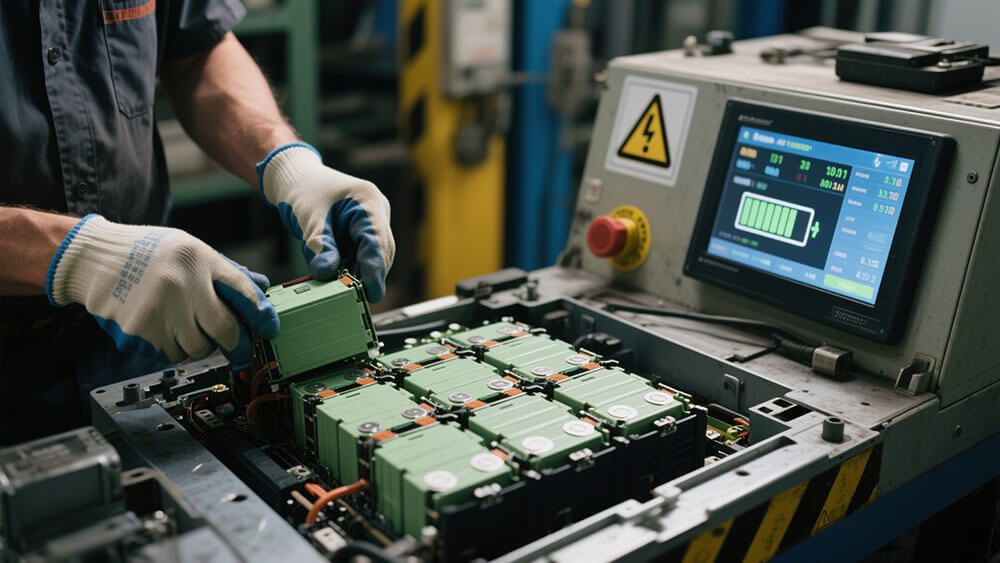
Part 2: Common Mistakes That Void Lithium Battery Warranties
2.1 Improper Installation or Handling of Battery Packs
Improper installation or mishandling of lithium battery packs often leads to voided warranties. Manufacturers specify strict guidelines for installation and usage to ensure optimal performance and safety. Deviating from these instructions can result in irreversible damage. For example, using an incompatible charger or tampering with battery seals invalidates warranty claims.
You must also avoid using batteries in equipment not listed in the warranty documentation. For instance, deploying a battery designed for consumer electronics in industrial machinery can lead to overheating or reduced cycle life. Damage caused by improper assembly or maintenance, such as loose connections or exposure to moisture, further complicates warranty claims.
To prevent these issues, follow the manufacturer’s installation manual and use authorized components. Regular inspections can help identify early signs of wear or damage, ensuring compliance with warranty terms.
2.2 Neglecting Scheduled Maintenance
Scheduled maintenance plays a critical role in preserving your lithium battery warranty. Manufacturers often require periodic checks to ensure batteries operate within specified parameters. Neglecting these checks can lead to performance degradation and voided claims.
For example, warranties may mandate monitoring the battery’s State of Charge (SOC) and operating temperature. Failure to comply with these requirements can result in premature capacity loss. Utilizing warranty trackers simplifies this process by providing real-time data on battery cycles and performance metrics.
You should establish a maintenance schedule aligned with the manufacturer’s recommendations. This proactive approach minimizes risks and ensures your battery investment remains protected.
2.3 Using Non-Compliant Components or Accessories
Using unauthorized components or accessories is another common mistake that voids lithium battery warranties. Manufacturers design their batteries to work with specific chargers, connectors, and monitoring systems. Substituting these with non-compliant alternatives can cause electrical imbalances, overheating, or reduced cycle life.
For instance, pairing a lithium-ion battery with an incompatible charger may lead to overcharging or undercharging, both of which degrade battery health. Similarly, using third-party connectors can compromise the integrity of the battery pack, leading to safety hazards.
To avoid these issues, always use manufacturer-approved components. If you need replacements or upgrades, consult professionals to ensure compatibility. This approach not only protects your warranty but also enhances the overall reliability of your battery system.
💡 Tip: For tailored advice on lithium battery warranties and compliance, consult experts at Large Power.

Part 3: Addressing Overlooked Details in Warranty Claims
3.1 Impact of Environmental Conditions on Lithium Battery Warranty
Environmental factors significantly influence the validity of your lithium battery warranty. Manufacturers often specify acceptable temperature ranges for battery operation. Exceeding these limits can lead to thermal runaway or reduced cycle life, voiding the warranty. For instance, batteries used in outdoor infrastructure applications may face extreme heat or cold, which accelerates degradation.
Humidity also plays a critical role. Excessive moisture can corrode internal components, compromising battery performance. If your battery operates in high-humidity environments, such as robotics used in water treatment facilities, ensure compliance with the manufacturer’s guidelines.
To mitigate risks, monitor environmental conditions closely. Use protective enclosures or climate-controlled storage to maintain optimal operating conditions. This proactive approach safeguards your warranty and extends battery lifespan.
3.2 Monitoring Battery Cycles and Performance Metrics
Tracking battery cycles and performance metrics is essential for warranty compliance. Manufacturers often specify limits on Depth of Discharge (DoD) and charge/discharge rates. Exceeding these thresholds can degrade the battery and invalidate your warranty.
For example, warranties may guarantee 80% capacity retention after 1,000 cycles for NMC Lithium batteries. If your battery exceeds the specified degradation rate, detailed performance records are required to support claims. This is particularly important in high-demand applications like medical devices or industrial machinery.
Utilize battery management systems (BMS) to monitor cycles, State of Charge (SOC), and temperature. These systems provide real-time data, ensuring compliance with warranty terms. Regular inspections by authorized personnel further enhance reliability and protect your investment.
💡 Tip: For tailored guidance on lithium battery warranties, consult experts at Large Power.
FAQ
1. What should you do if your lithium battery warranty claim is denied?
Review the warranty documents for compliance. Identify potential errors in installation, maintenance, or usage. Consult professionals like Large Power for guidance.
2. How can you ensure your lithium battery operates within warranty conditions?
Monitor environmental factors, battery cycles, and performance metrics. Follow manufacturer guidelines and use authorized components to maintain compliance with warranty terms.
3. Why is professional installation important for lithium battery warranties?
Professional installation ensures adherence to manufacturer specifications, reducing the risk of improper handling or non-compliance that could void your warranty.


